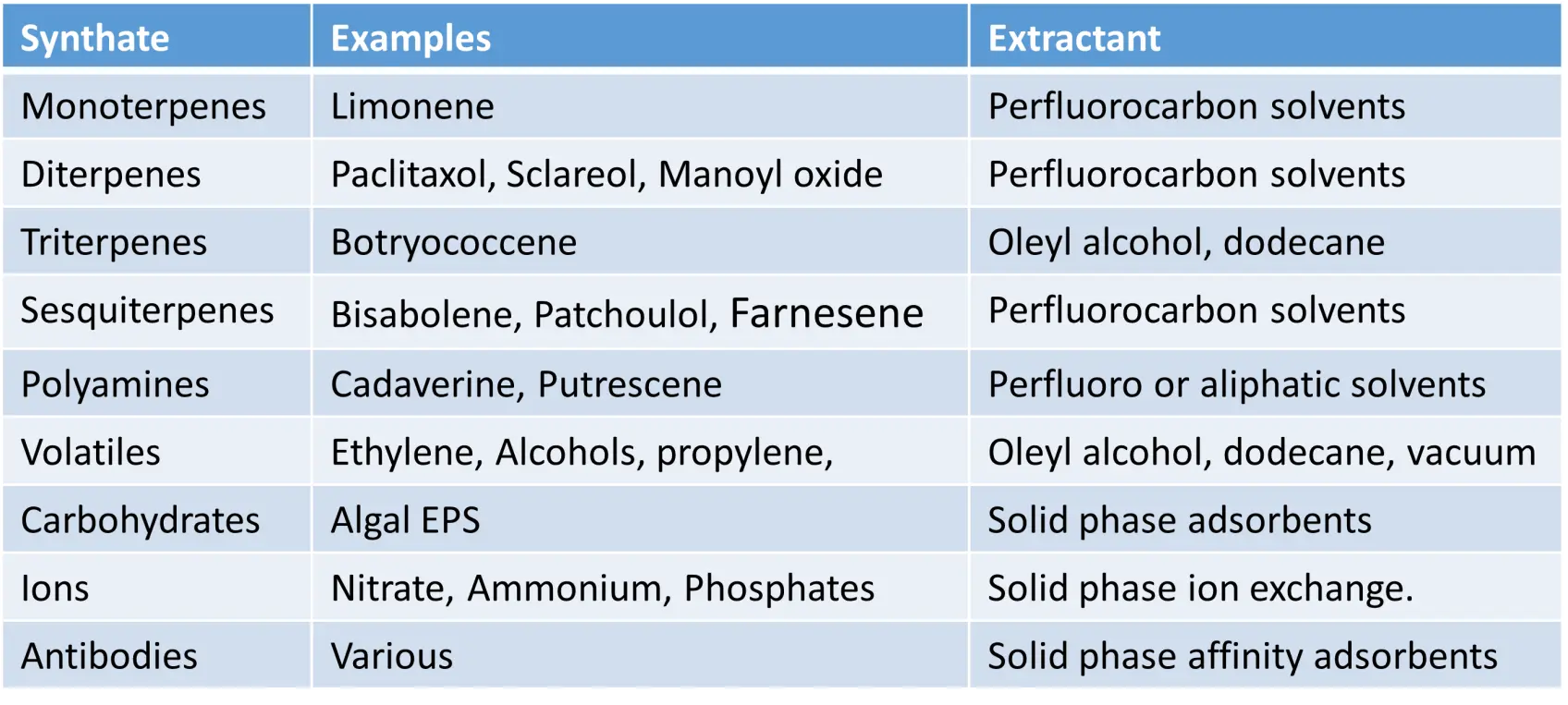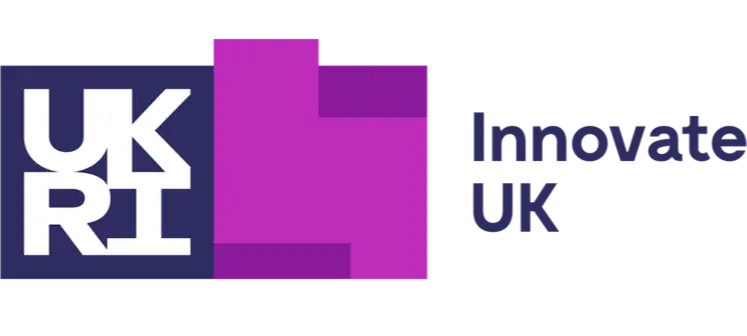Dark Fermentation
A novel mechanism contacts the broth with head space gas.
Variable mass transfer >400/h ensures efficient gas delivery to the cells throughout the broth volume.
Pressurisation of the bioreactor increases gas solubility (>10 BAR).
Partial vacuum for volatiles recovery.







